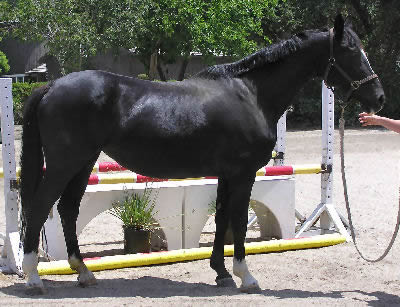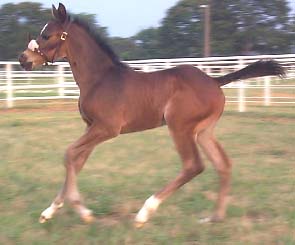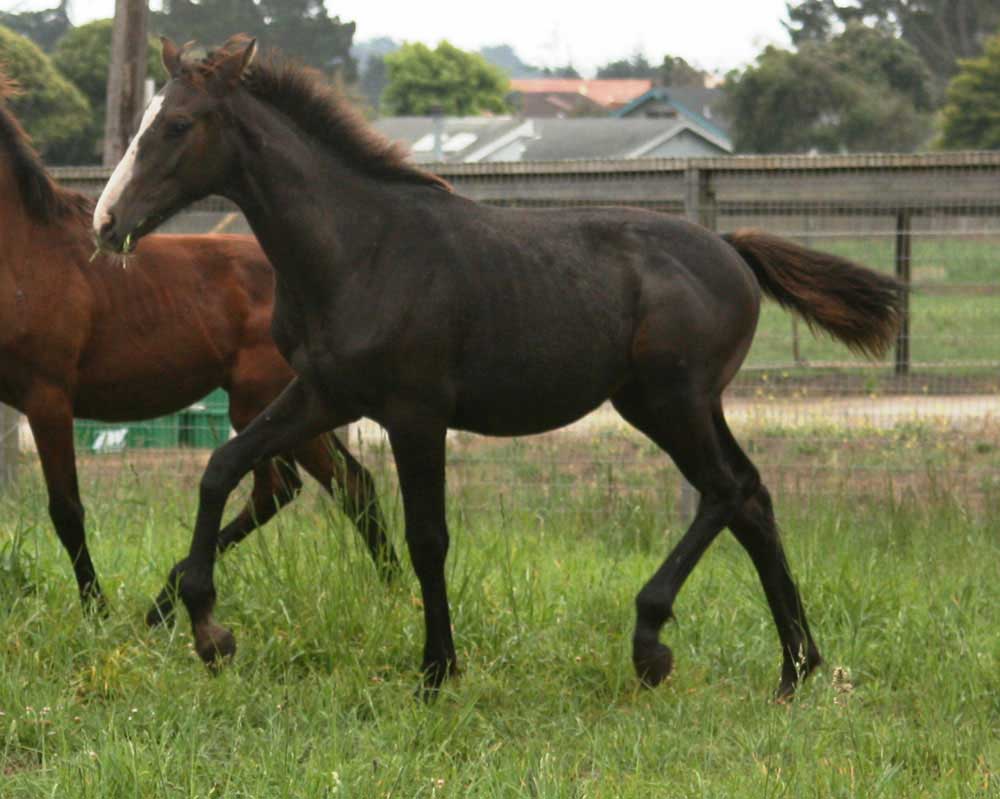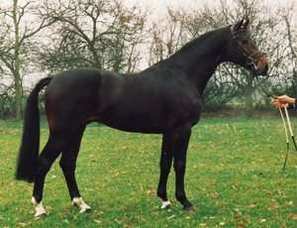



|
Holstein Qualities
The Holstein breed can be found in Germany, Ueterson, Hamburg, along the North Sea, and in Denmark as well. They are commonly used for competition purposes and can at also be used for riding and harness work. Many that owned them years ago utilized them for carrying heavy loads. They are athletic creatures that can run for miles and also win many competitions. Typically, these animals are sought after for their distinct characteristics, such as high arched necks and incredibly strong hindquarters. They honed in on their Roman looking noses and, over time, this look was changed into a popular horse with bigger eyes and even more sharpness.
Holstein Temperament
The temperament of the Holstein breed is rather sweet and calming. Very willing animals with an easiness to be trained while they are young, they are versatile animals that are well versed in sporting purposes. Most of them are resilient and very bold horses. The ones that are used for sporting events and competitions are generally more aggressive and also more complex, though some can be categorized as laid back and even lazy animals.
Holstein Appearance
Holstein horses stand around seventeen hands at full adult size. They bode an attractive looking head, sloping shoulders, lots of muscles and strong legs. These horses commonly bode the convex profile along with the straight head. They can be bred in any color, but are generally in bay.
Holstein Upkeep
The upkeep of a Holstein horse is somewhat basic. They are self reliant animals and can reside in any climate. Most are categorized as having a very calm temperament, which makes it much easier to raise them at any age. They do not have any major illnesses on record and have a good reputation for being excellent work horses.
Holstein History
Originating in Germany, the Holstein horse breed was created by Monks. Back in the twelve hundreds, the monks were authorized to utilize space on a private land. In exchange for the land rental, they started to breed horses for the land owners. The horses were the tall and strong breed called the Holstein. The difference between these and other popular horses at this time were that the Holstein styles had a shorter stride and an immense amount of strength. Around the nineteen hundreds, they were chosen to be bred with other horses to result in a totally different type of animal. Adding in Thoroughbred lines and those of the Yorkshire Coach horse made the manes even more strong, but with a lighter frame. Just following the second World War, these horses were given another makeover and transitioned into a brighter and more athletic stallion that ever before. These animals, originally bred for the sole purpose of war, are now used for competitions.
|